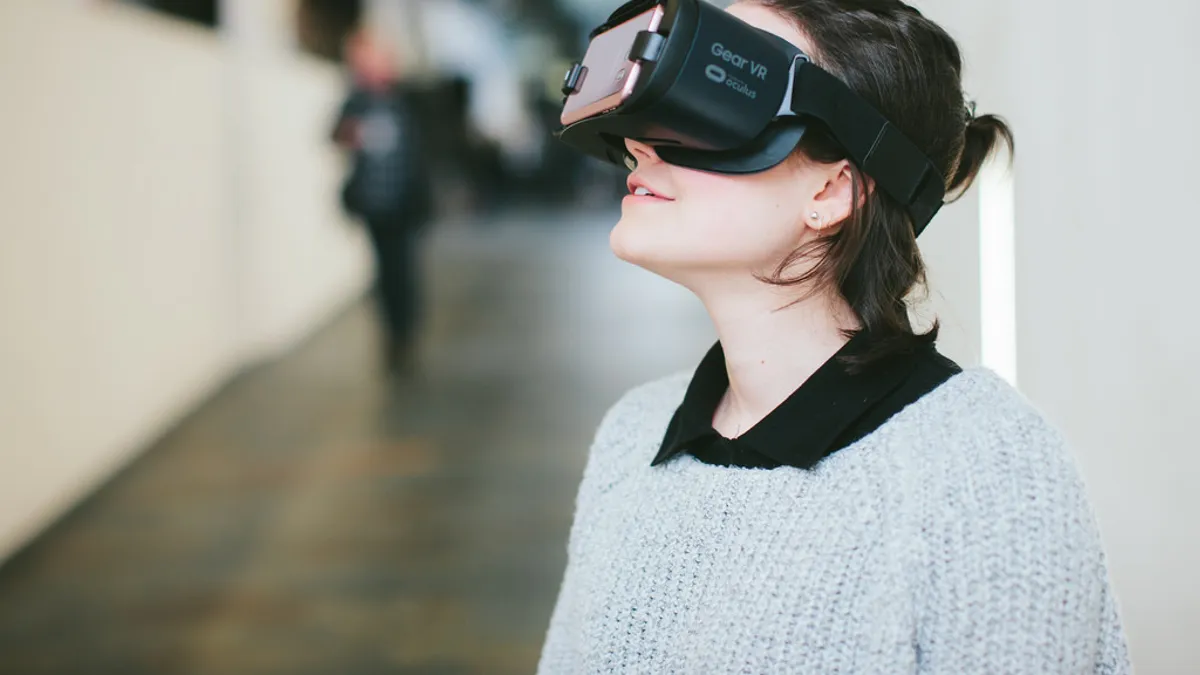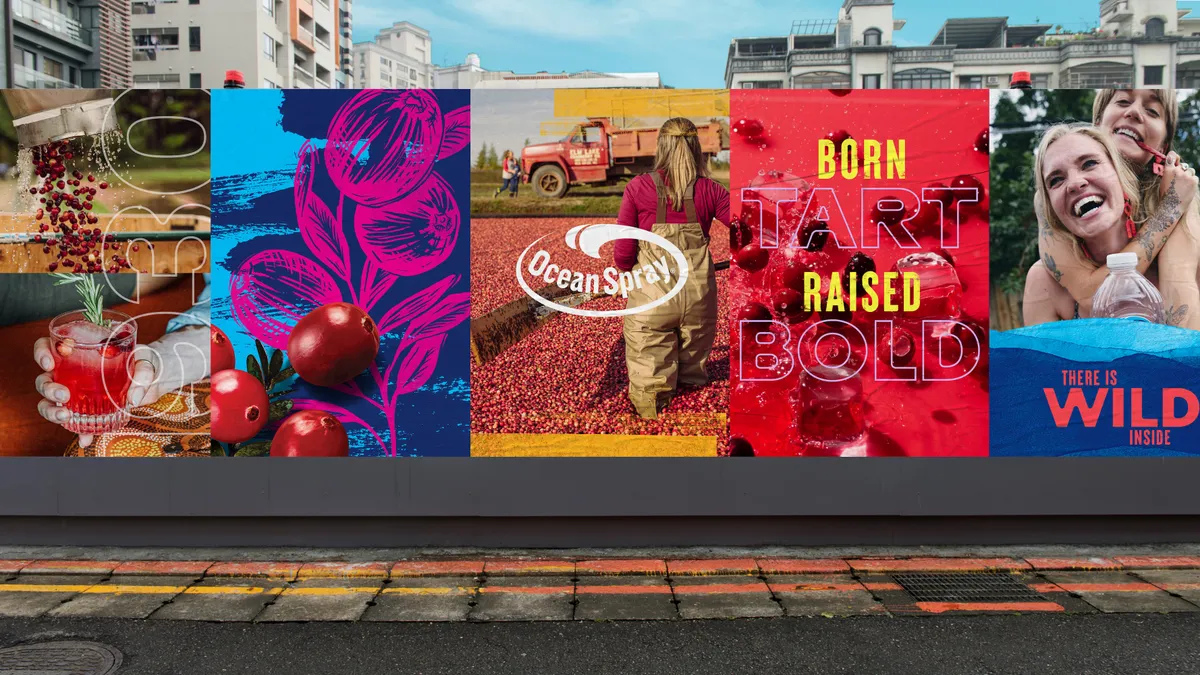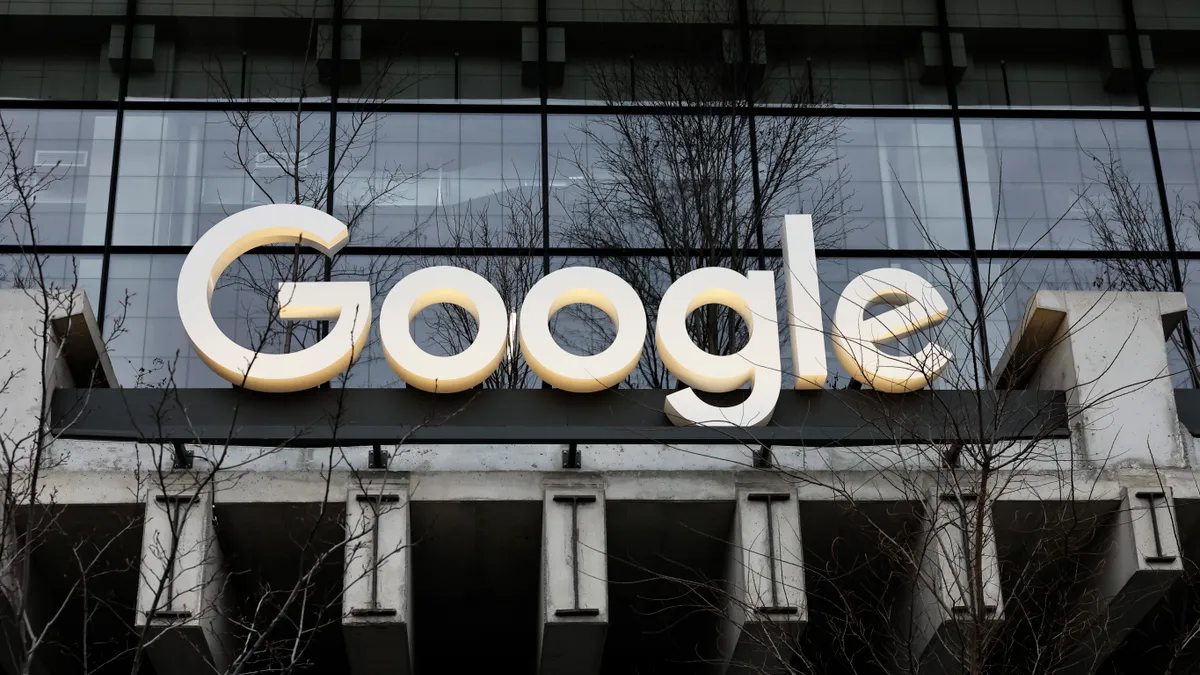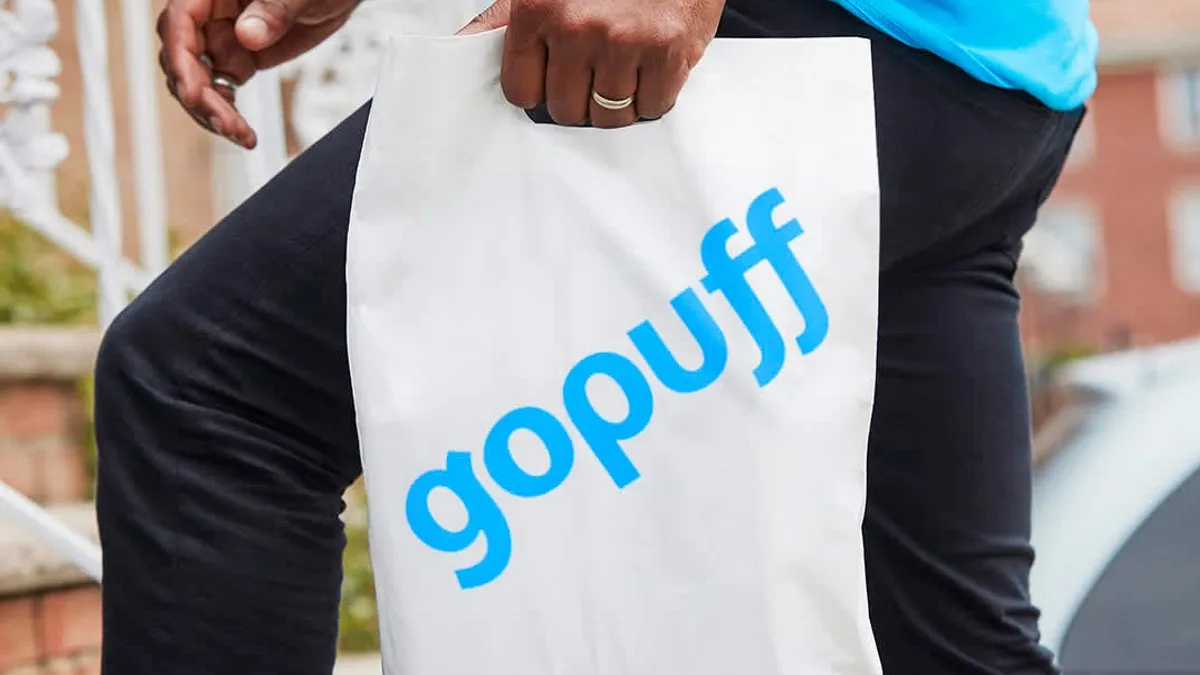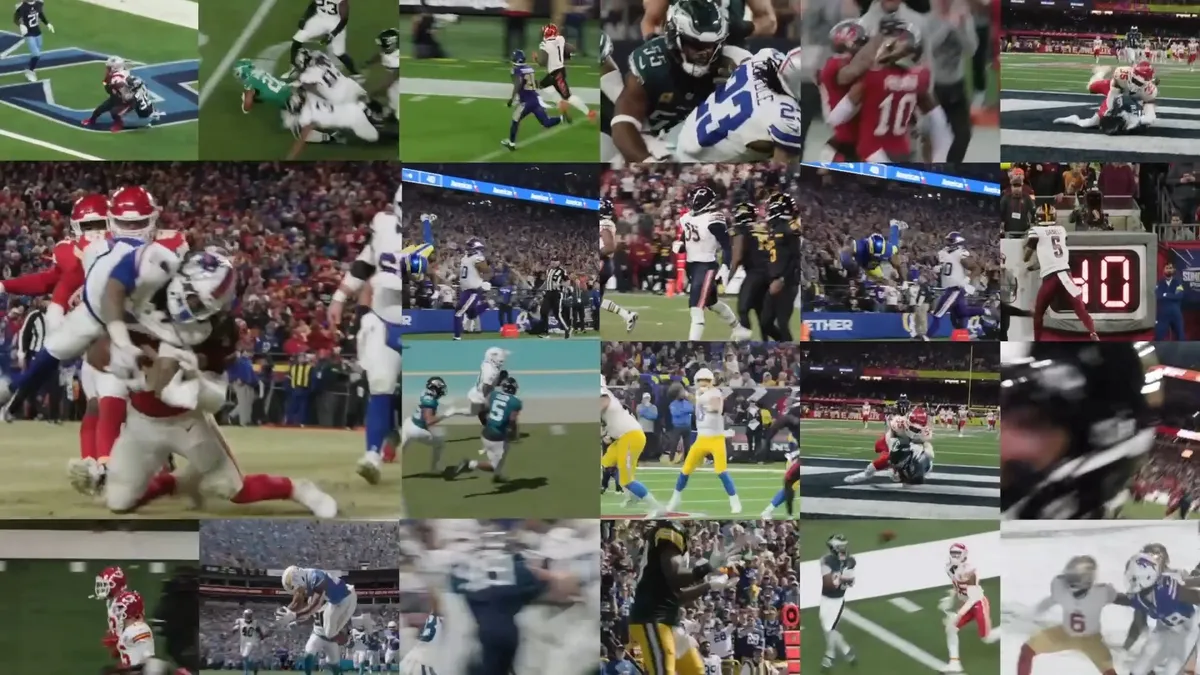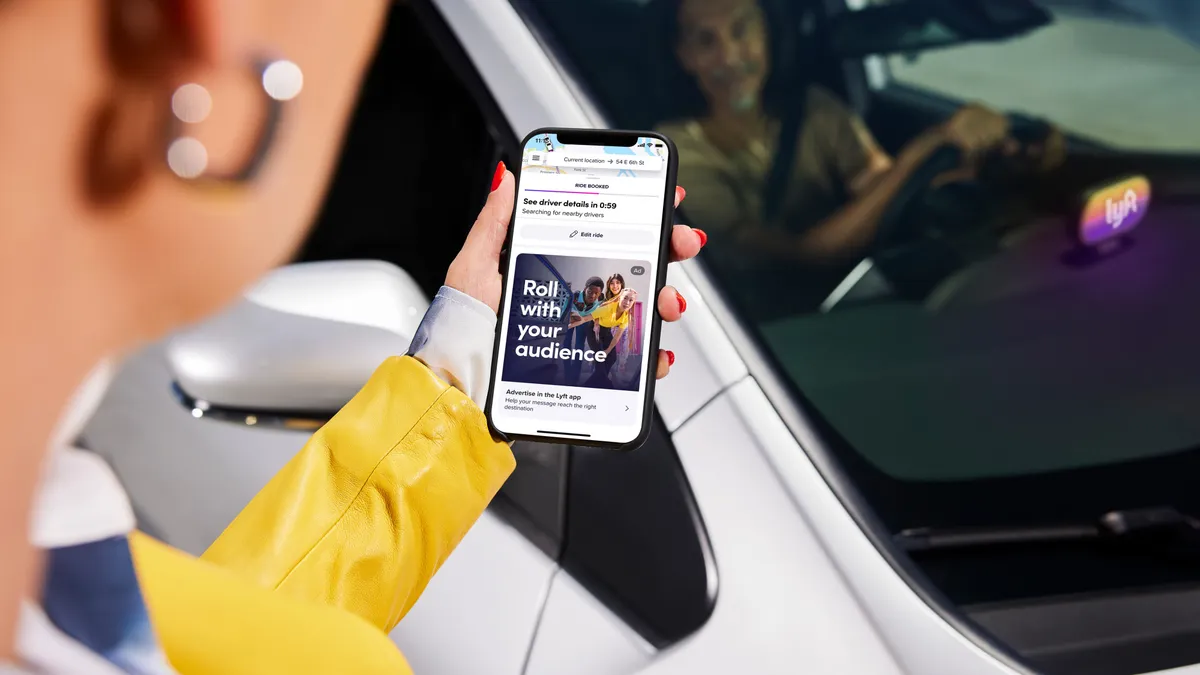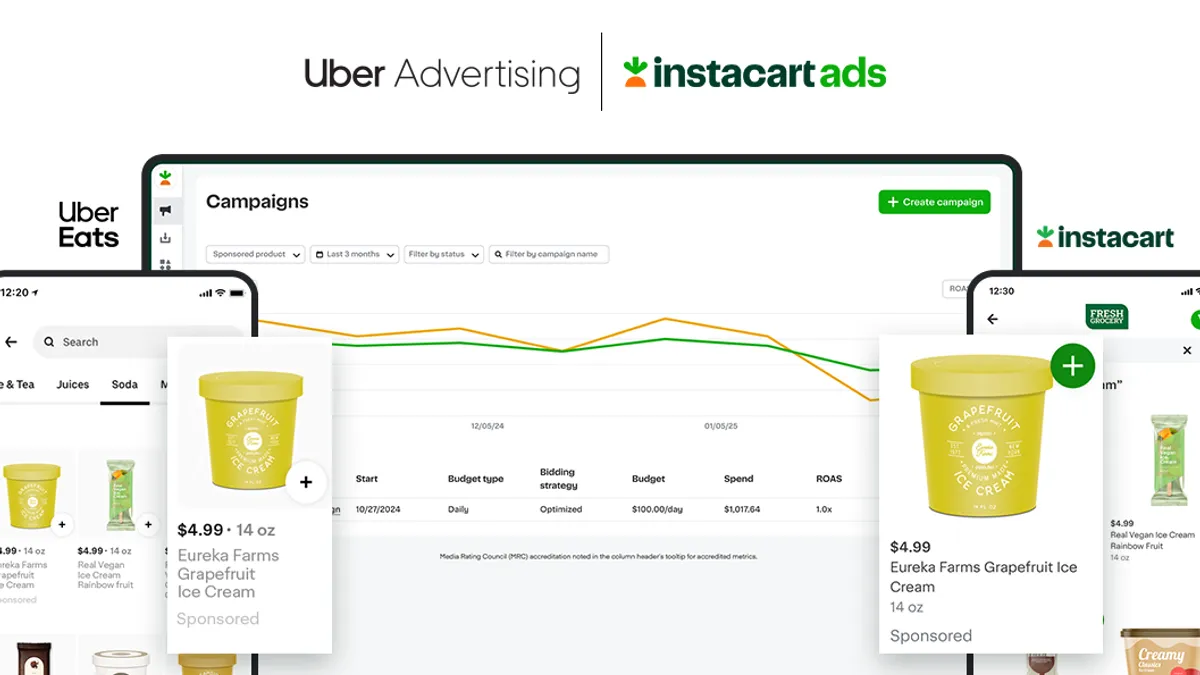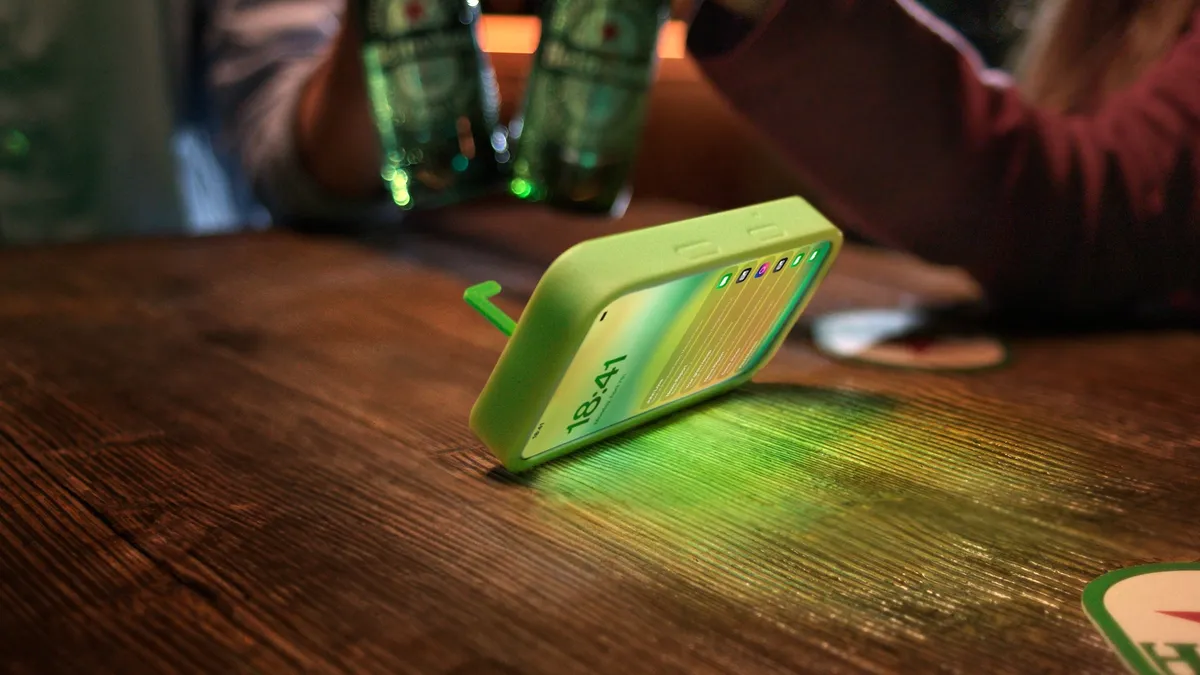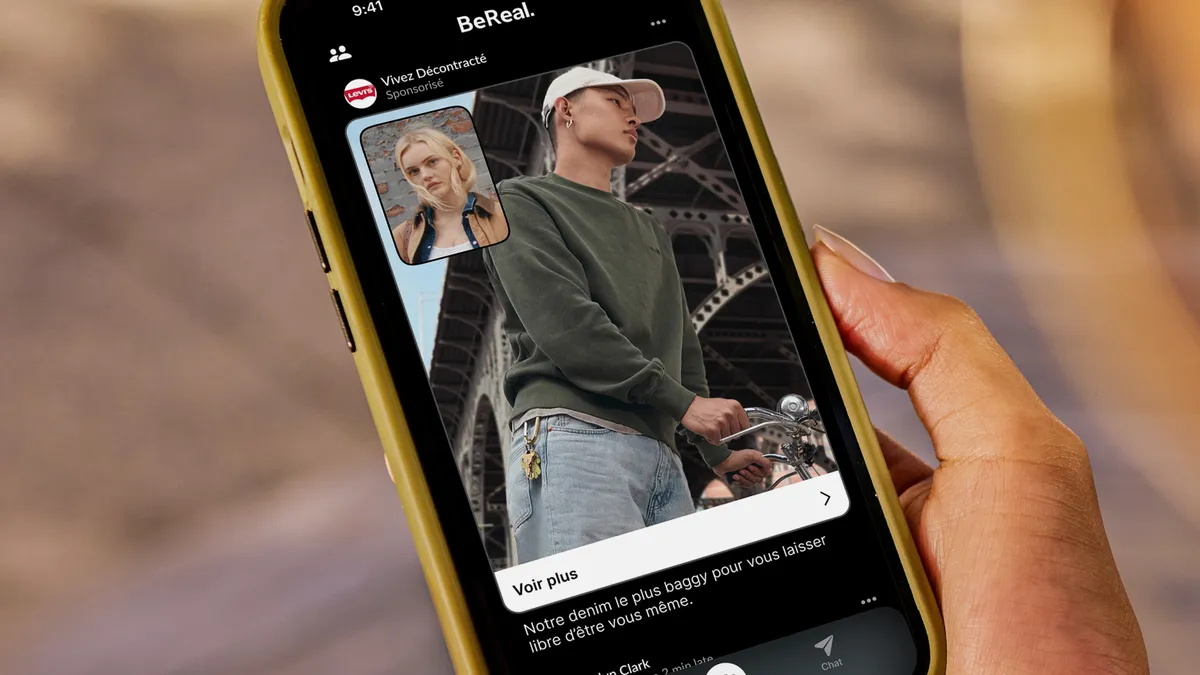Editor's Note: The following is a guest post from Michael Schaiman, SVP of digital experience at Helios Interactive, a Freeman company.
When predicting marketing trends for 2018 and beyond, analysts and prognosticators tend to lump together virtual reality (VR) and augmented reality (AR). The technologies are linked; both have a history that stretches back decades, both are in the midst of a renaissance driven by the rising processing power of mobile devices and both promise connections with audiences on new sensory levels.
While VR offers fully immersive experiences, marketers shouldn't be too hasty to dismiss AR as its less-immersive little brother. By blending the digital and physical worlds, AR has the potential to amaze, instruct and engage users, literally expanding their perception of the world around them.
As with any technology, AR is most effective when used purposefully as part of a strategic marketing plan. As marketers know, novelty wears off quickly. The key to a successful deployment of AR is not to merely impress, but to add value.
While AR has become one of the hottest marketing trends of 2018, marketers will need to figure out how to maximize their return on investment for AR to take the next giant step in marketing campaigns.
The evolution of AR
At its most basic level, AR is a digital image overlaid on top of a live video feed, typically viewed through the screen of a device such as a smartphone or tablet. Most people don't realize how often they experience AR — and how long they've been doing it.
The yellow first-down line on TV football broadcasts is one ubiquitous example. It's also instructive. While the first-down line isn't flashy, it shows how AR can communicate valuable information that enhances a viewer's experience to the point that it becomes an indispensable part of that experience.
Not too long ago, most mobile devices lacked the horsepower for deep, complex AR experiences. But the processing power of the average smartphone has grown exponentially in recent years. Developer tools like Apple's ARKit and Android's ARCore represent concerted efforts to bring AR to the masses.
As the technology catches up with their ambitions, marketers are turning their attention to AR. Ikea's Place app, for example, lets consumers try out furniture virtually in their homes.
The day will soon come when most people have devices in their pockets capable of delivering engaging AR experiences. The potential audience is too large and the opportunity to impact them is too great for marketers to ignore.
Getting started
Events like trade shows are all about giving attendees a brand experience, whether it's by getting their hands on a new product or getting up close with an unfamiliar service. Because of their sensory, experiential focus, events are the perfect proving ground for AR.
In general, most successful implementations of AR for event marketing involve providing attendees with devices set up for that specific purpose. This eliminates the hurdle of attendees being reluctant to download branded apps to their personal devices. A controlled ecosystem also makes development easier and more affordable. Developers only have to focus on one platform and one device, rather than optimizing the app for several different devices that each may have different requirements.
Scalability
Building an AR experience can be a significant upfront investment, but brands needn't think of it as a one-time use tactic. If they think beyond the scope of an individual event, they'll find that the immersive tech can scale well.
AR is a platform on which brands can build. Once an AR experience is built, redeployment costs are generally low. From each new use, brands will learn more about how users engage with their experiences, and with that knowledge, they'll be able to offer a deeper, richer experience that resonates with attendees long after an event.
The big question: ROI
One of the benefits of AR is the data it allows marketers to collect — from how users are engaging with an experience to how much time they've spent engaged. At events, data-driven marketers are looking to capture as much mindshare and timeshare from attendees as possible. Data shows that AR can do just that.
When done right at an event, AR:
- Keeps attendees engaged longer than other platforms, such as touchscreen tablets.
- Imparts a more memorable message than less sensory platforms.
There are two paths brands can follow when using AR at an event. They can offer a creative, entertaining experience or a more pragmatic one. At events like trade shows, it's often the second approach that connects with attendees and generates greater ROI.
In other words, AR works best as a tool, not a toy.
What's next with the tech?
AR is, in many ways, still in its infancy. Because it's usually either tied to specific devices or requires an app download, brands still struggle to get their AR apps in the hands of target audiences.
Advancements like WebAR, which allows developers to more easily embed immersive experiences on websites, will make many of those challenges a thing of the past. They will democratize the experience across all consumer segments.
Head-mounted displays that are AR-specific are also becoming more popular. Despite the failure of Google Glass, many other hardware providers are creating platforms that can be used in a variety of ways — including Microsoft (with the HoloLens headset), Magic Leap and Bose. Magic Leap's products promise a significant jump forward in terms of user experience and have the potential to be game changers in the events space.
As devices continue to gain in speed and power, AR will filter into everyday work. Practical business uses will include overlays on operational infrastructure, mechanical equipment and maps. Marketers, too, will find new ways to engage with people at events and out in the world via immersive experiences.
AR can save time, make people more efficient and provide them with access to information they otherwise couldn't access. When event marketers use AR to provide this kind of practical value to their audiences, they could see their brand engagements propelled to new heights.


